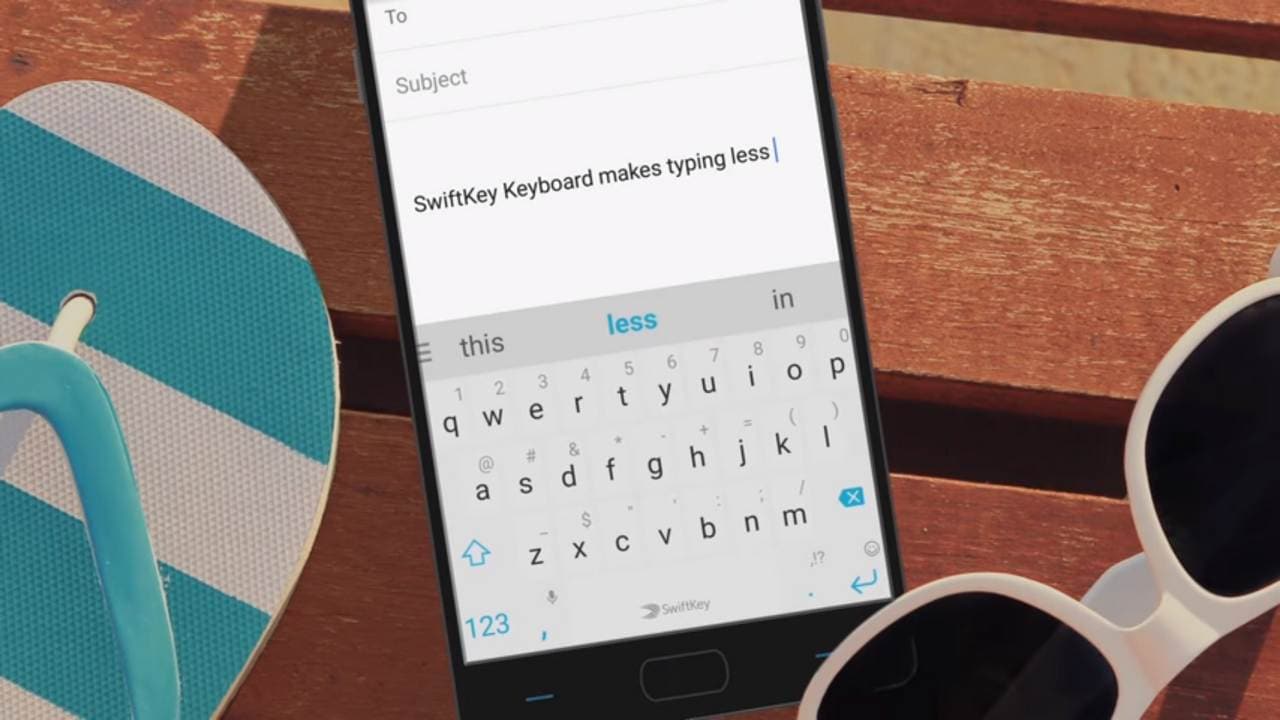

After a short period of time, the peripheral can fall back to a lower but consistent advertising cadence. This helps with Bluetooth & Wi-Fi coexistence on the same radio. The faster a peripheral advertises the less time Windows needs to listen. In order for Windows to identify a peripheral shortly after it enters pairing mode, peripherals should beacon for Swift Pair at a faster cadence than normal for quick discovery. This advertisement must contain one of the Microsoft defined vendor sections (shown in Fig 2-4) in the advertisement while in pairing mode. Windows uses this advertisement to identify a peripheral as Swift Pair capable. These are the set of requirements: Peripheral Behavior (Required)ĭiscovery of Swift Pair peripherals happens over the Bluetooth Low Energy (LE) protocol and requires the use of LE advertisements.


Put the Bluetooth peripheral in pairing mode.The steps to use and benefit from this feature are simple: Windows can now do this for them by popping a notification when a new peripheral is nearby and ready. This topic describes the feature, requirements about how peripherals can support Swift Pair, frequently asked questions about how this quick and convenient feature works.Īs the next evolution of pairing, users no longer need to navigate the Settings App and find their peripheral to pair. Introduced in Windows 10, version 1803, Swift Pair is the newest way to pair your Bluetooth peripherals to Windows 10 PCs.


 0 kommentar(er)
0 kommentar(er)
